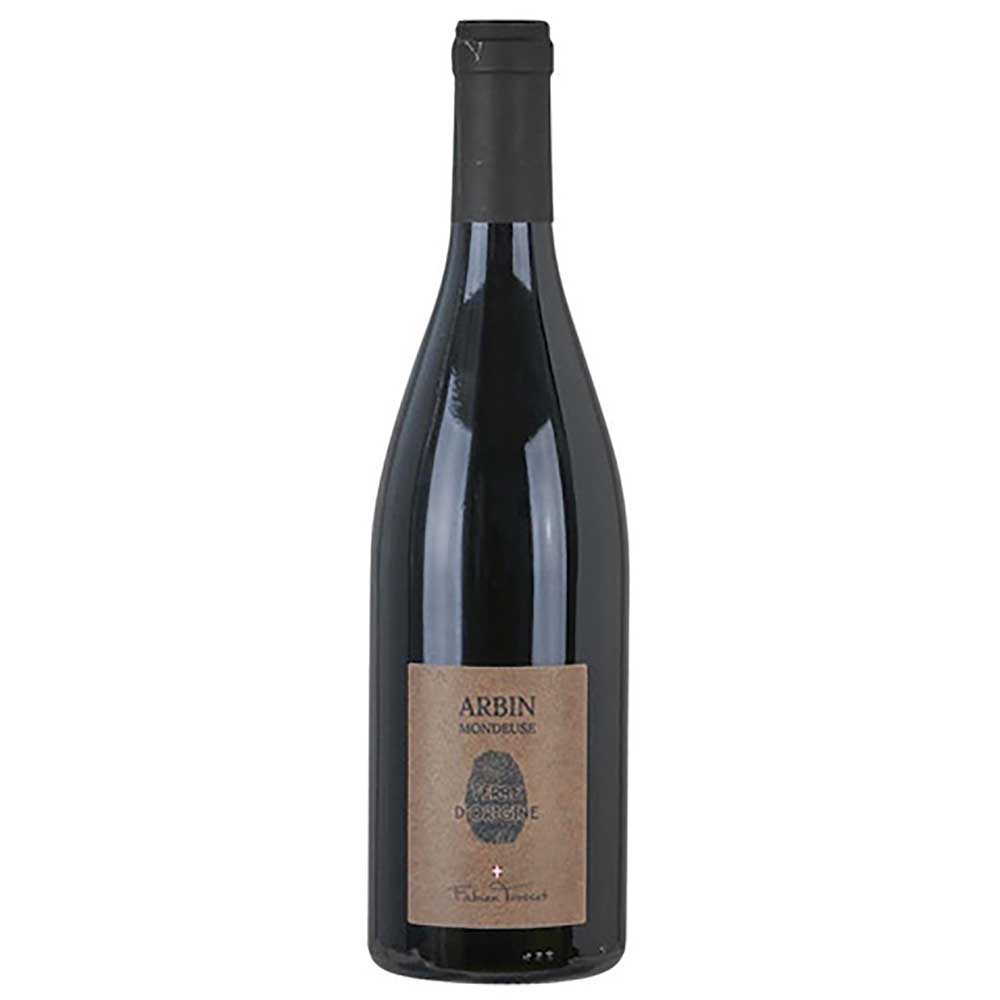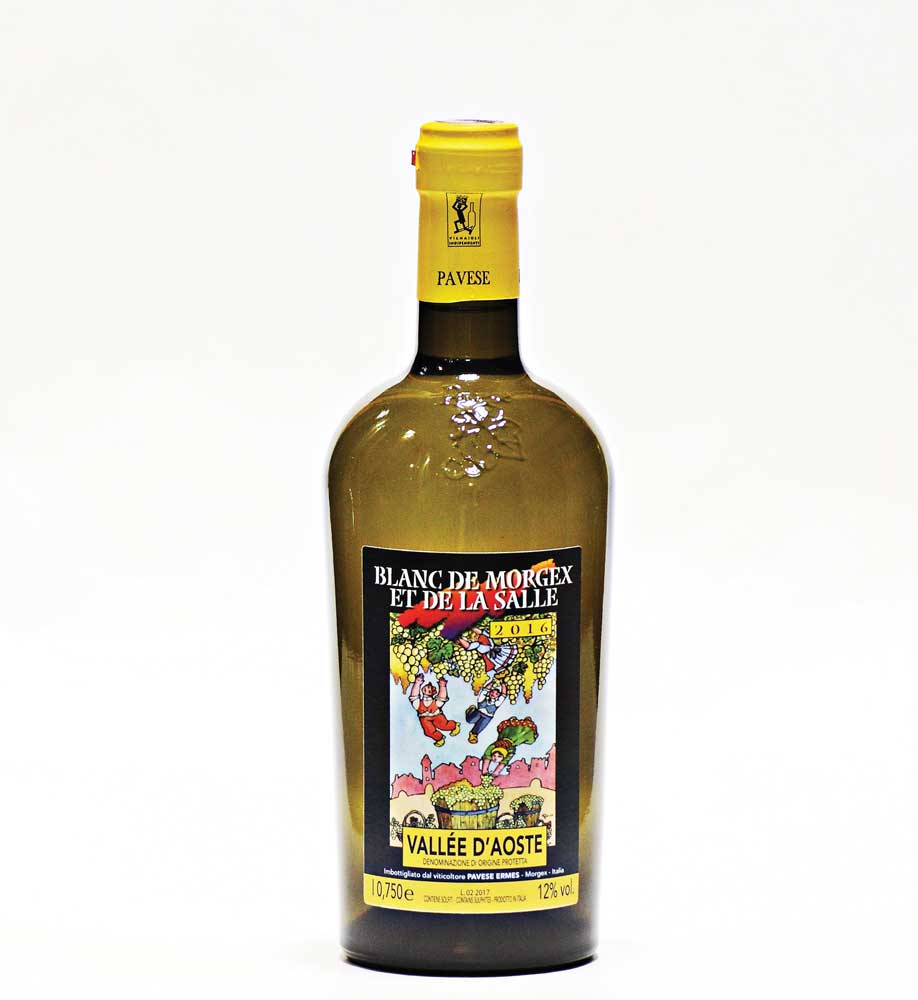Julie Dupouy finds stunning wines from mountainous regions where vineyards are carefully preserved by a process called “Heroic Viticulture” …
Main Image; Douro Valley, Portugal
As many of you dig out your thermal layers and head to the ski slopes for your first break of the new year, “Dry January” will be a fading memory. The idea of a refreshing aperitif or a giddy lunch to break the day up are all part of the draw. Hearty, calorie-replenishing fondues, raclette or schnitzel beg for a crisp and equally satisfying glass to accompany them. New wines are part of the memories we take from such high-altitude adventures. These wines are not just a holiday fling – there is true majesty in the wines of these stunning mountainous regions.
The Centre for Research, Environmental Sustainability and Advancement of Mountain Viticulture (CERVIM) devotes its work to what is known as “Heroic Viticulture” – the preservation of vineyards in the world’s most challenging wine regions. This includes those over 500 metres above sea level, remote island vineyards with challenging topography and of course those steep mountainous vineyards with over 30 degrees of gradient.
In cool-climate mountainous areas, steep slopes promote better airflow between vine rows and within the vine canopy. This lowers the risk of both frost and fungal diseases, yielding cleaner grapes at harvest time. Steeper gradients allow greater exposure to sunlight as well as promoting excellent drainage during wet periods. For every 100 metres of altitude, temperatures can drop by up to one degree celsius. High-altitude vineyards also experience greater temperature variations between day and night. This fixes higher acidity in the grapes and yields bright, vibrant and energetic wines. Higher vineyards also benefit from greater exposure to UV light, promoting thicker skins and greater phenolic character, particularly in red wines.
Some incredibly special wines come from these entirely “heroic” regions. Lombardy’s Valtellina, Côte Rôtie in the Northern Rhône Valley, Spain’s Ribeira Sacra, the Douro Valley in Portugal or the Italian island of Pantelleria – are all hugely popular with oeno-tourists. Other regions partially qualify. For instance, the hill of Cartizze, located at the heart of Valdobbiadene in Italy’s Veneto region – known for Prosecco production – is famous for the steepness of its slopes which range between 30 degrees and a whopping 60 degrees. It is truly breathtaking and viewed head-on, the vines look like they are thriving on a sun-splashed wall.
Some of my favourite mountain wines are grown in the region of Savoie in France. Savoie offers myriad styles made from local grape varieties such as Mondeuse, Jacquére, Altesse and Gringet. Mondeuse, a relative of Syrah, gives wines with a beautiful purple colour, generous dark fruit with a floral and spicy aromatic profile. The best examples come from Arbin, a small vineyard of approximately 30 hectares located between Chambéry and Albertville. Mondeuse would be perfect with roast chicken with all the trimmings or for a more traditional pairing, a classic tartiflette, black pudding with pomme purée, a cheese tart or even a pot au feu.
There is no way to sugar-coat it, heroic viticulture costs a little more. Harvests are lower, slower and cannot be machanised.
Look out for the wines of Chignin-Bergeron made from the Roussanne grape variety. They are versatile and robust when accompanying white meat such as poultry or veal or even meaty seafood like monkfish. Serve with a cream-based sauce delicately scented with saffron or curry spices. Alternatively, surprise your guests by offering them with a selection of cheeses.
Over the border, in Italy’s tiny Valle d’Aosta region, are some of the highest vineyards in Europe, reaching altitudes over 1,000 metres. Over a dozen grape varieties are permitted for production. Some are indigenous to Italy such as Petit Rouge, Nebbiolo – locally known as Picotendro and Fumin. International varieties such as Gamay, Müller-Thurgau, Petite Arvine, Syrah and Pinot Grigio have fortified the reputation of this beautiful region.
Tiny production of Blanc de Morgex et de la Salle, made from Prié Blanc are absolutely worth seeking out. Its vines grow at an altitude of 900-1,200 metres on low pergola-style trellises to absorb as much heat from the ground as possible and encourage ripening. Prié Blanc is only found in this part of the world and produces wines which are delicately scented with aromas of white flowers, citrus fruits, fragrant herbs and with some age, develop slightly richer notes of honey. On the palate, they are racy and commonly have a touch of spritz, making them ideal candidates as an aperitif or with seafood. Miniscule quantities are vinified into sparkling or sweet dessert wines.
There is no way to sugar-coat it, heroic viticulture costs a little more. Harvests are lower, slower and cannot be mechanised. The wines produced are a real labour of love and the end result is often wonderfully memorable. Reassuringly, lower quality wines typically fall by the wayside as the challenges are too great to persist with, so reliability is high relative to spend. I feel the few extra euros for a heroically produced wine are merited, a respectful acknowledgement of the backbreaking work it takes to produce our moment of joy. In the words of Mark Twain: “The air up there in the clouds is very pure and fine, bracing and delicious. And why shouldn’t it be – it is the same the angels breathe.” @julie_dupouy
HEROIC VITICULTURE

Arbin Mondeuse, Terre d’Origine,Fabien Trosset, Savoie, France, €26; www.64wine.ie

Blanc de Morgex et de La Salle, Ermes Pavese, Vallee d’Aoste, Italy, €38.99; www.greenmanwines.ie.

Crémant de Savoie (Brut Alpin), Domaine Blard, Savoie, France, €39; www.siyps.ie.

Vin des Allobroges (Silice Blanc), Domaine des Ardoisières, Savoie, France, €28; www.elywinebar.ie.

Petite Arvine, Domaine René Favre & Fils, Valais, Switzerland, €29.95; www.searsons.com.

Petite Arvine (Les Crêtes), Constantino Charrère, Vallee D’Aoste, Italy,€33.95; www.lecaveau.ie.






